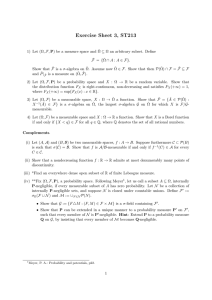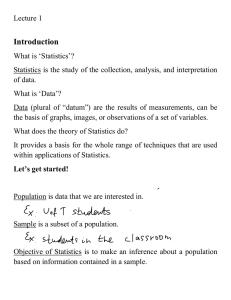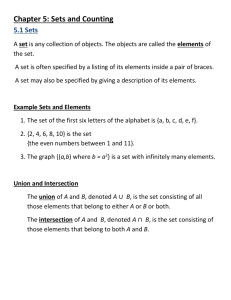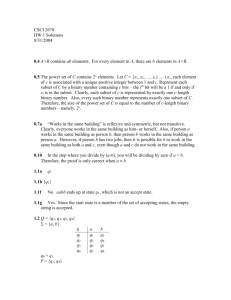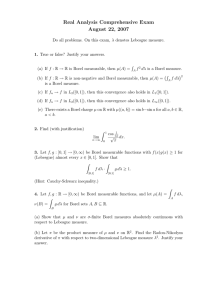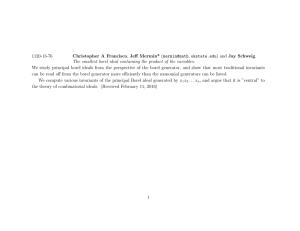Random Processes: Notation and Definitions
advertisement
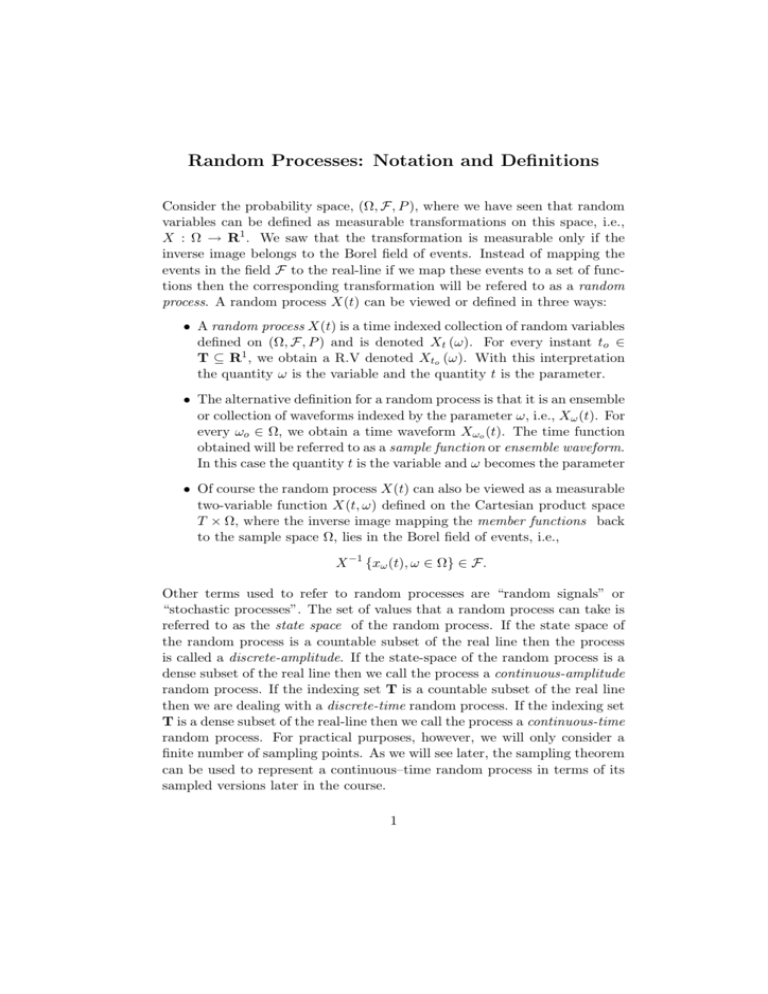
Random Processes: Notation and Definitions
Consider the probability space, (Ω, F, P ), where we have seen that random
variables can be defined as measurable transformations on this space, i.e.,
X : Ω → R1 . We saw that the transformation is measurable only if the
inverse image belongs to the Borel field of events. Instead of mapping the
events in the field F to the real-line if we map these events to a set of functions then the corresponding transformation will be refered to as a random
process. A random process X(t) can be viewed or defined in three ways:
• A random process X(t) is a time indexed collection of random variables
defined on (Ω, F, P ) and is denoted Xt (ω). For every instant to ∈
T ⊆ R1 , we obtain a R.V denoted Xto (ω). With this interpretation
the quantity ω is the variable and the quantity t is the parameter.
• The alternative definition for a random process is that it is an ensemble
or collection of waveforms indexed by the parameter ω, i.e., Xω (t). For
every ωo ∈ Ω, we obtain a time waveform Xωo (t). The time function
obtained will be referred to as a sample function or ensemble waveform.
In this case the quantity t is the variable and ω becomes the parameter
• Of course the random process X(t) can also be viewed as a measurable
two-variable function X(t, ω) defined on the Cartesian product space
T × Ω, where the inverse image mapping the member functions back
to the sample space Ω, lies in the Borel field of events, i.e.,
X −1 {xω (t), ω ∈ Ω} ∈ F.
Other terms used to refer to random processes are “random signals” or
“stochastic processes”. The set of values that a random process can take is
referred to as the state space of the random process. If the state space of
the random process is a countable subset of the real line then the process
is called a discrete-amplitude. If the state-space of the random process is a
dense subset of the real line then we call the process a continuous-amplitude
random process. If the indexing set T is a countable subset of the real line
then we are dealing with a discrete-time random process. If the indexing set
T is a dense subset of the real-line then we call the process a continuous-time
random process. For practical purposes, however, we will only consider a
finite number of sampling points. As we will see later, the sampling theorem
can be used to represent a continuous–time random process in terms of its
sampled versions later in the course.
1
